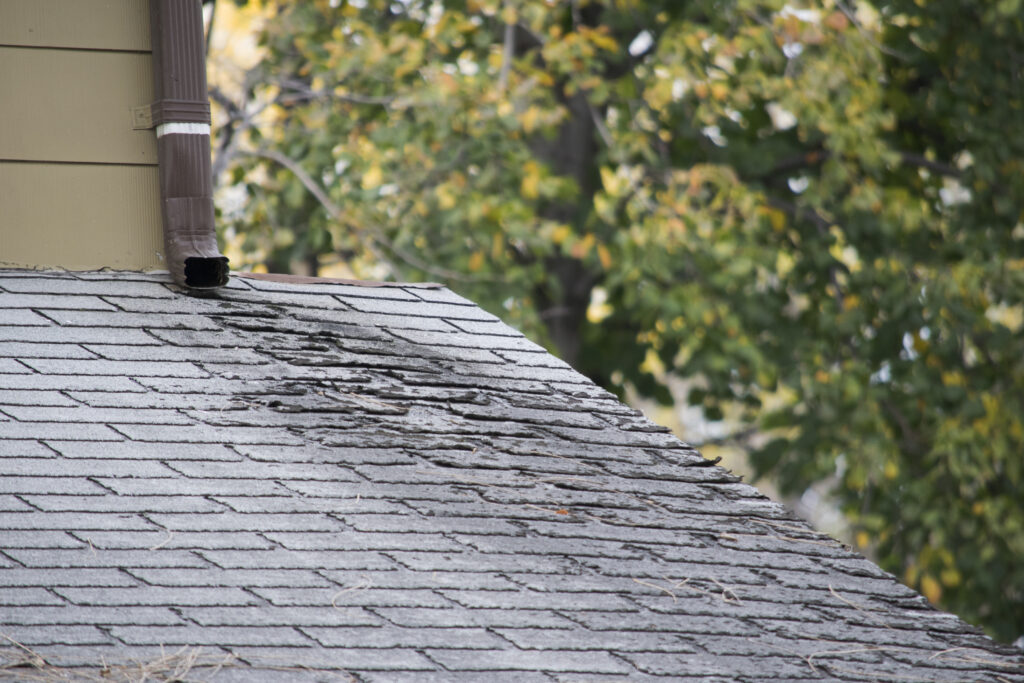Your roof, a steadfast guardian against the elements, plays a pivotal role in preserving the integrity of your home. Over time, however, wear and tear take their toll, prompting the need for a roof replacement. In this comprehensive guide, we’ll delve into the subtle indicators that signal when it’s the opportune moment to bid farewell to your old roof and welcome in a new era of protection.
Ageing Gracefully or Showing Signs of Wear:
Every roof has a lifespan, and it’s crucial to be mindful of the age of your roofing materials. As a general rule, if your roof is approaching or has surpassed its expected lifespan (typically 20-30 years for asphalt shingles, for example), it may be time to consider a replacement. However, quality installation and regular maintenance can extend the life of your roof.
Shingles in Distress:
Keep a close eye on your shingles, as they are your roof’s first line of defense. Curling, buckling, or missing shingles are clear indicators of wear and potential water damage. If you notice an abundance of granules in your gutters, it’s a sign that the protective layer of your shingles is deteriorating. Addressing these issues promptly can prevent further damage to your roof and interior.
Leaks and Water Stains:
A leaking roof is a homeowner’s nightmare. If you find water stains on your ceilings or walls, it’s a telltale sign that your roof’s integrity has been compromised. Regular attic inspections can help you catch leaks early, preventing extensive damage to your home’s interior.
Unwanted Moss and Algae Growth:
In humid climates, moss and algae can find a home on your roof. While these growths might seem cosmetic, they can lead to significant issues. Moss, in particular, can trap moisture against the roof surface, accelerating decay. Regular cleaning and preventive measures can help mitigate these problems.
Rising Energy Bills:
An aging roof may compromise your home’s insulation, resulting in increased heating and cooling costs. If you notice a sudden spike in your energy bills, it could be an indication that your roof’s insulation is no longer performing optimally. Upgrading to a new roof with improved insulation can enhance your home’s energy efficiency.
Visible Sagging or Structural Compromises:
If your roof displays visible sagging or structural issues, it’s a cause for concern. Sagging may indicate compromised roof decking, and addressing this promptly is essential to prevent further damage.
Frequent Repairs Becoming the Norm:
If you find yourself frequently patching up leaks or addressing other issues, it might be more economical to invest in a roof replacement. While repairs can provide short-term solutions, a new roof offers a more durable and lasting resolution.
Conclusion:
In the lifecycle of your home, the roof plays a crucial role in safeguarding its essence. Knowing when to replace your roof requires a vigilant eye and an understanding of key indicators. Regular inspections, prompt repairs, and consultation with roofing professionals can guide you toward the optimal timing for a roof replacement. By making informed decisions, you not only protect your home but also ensure its enduring safety and resilience.

